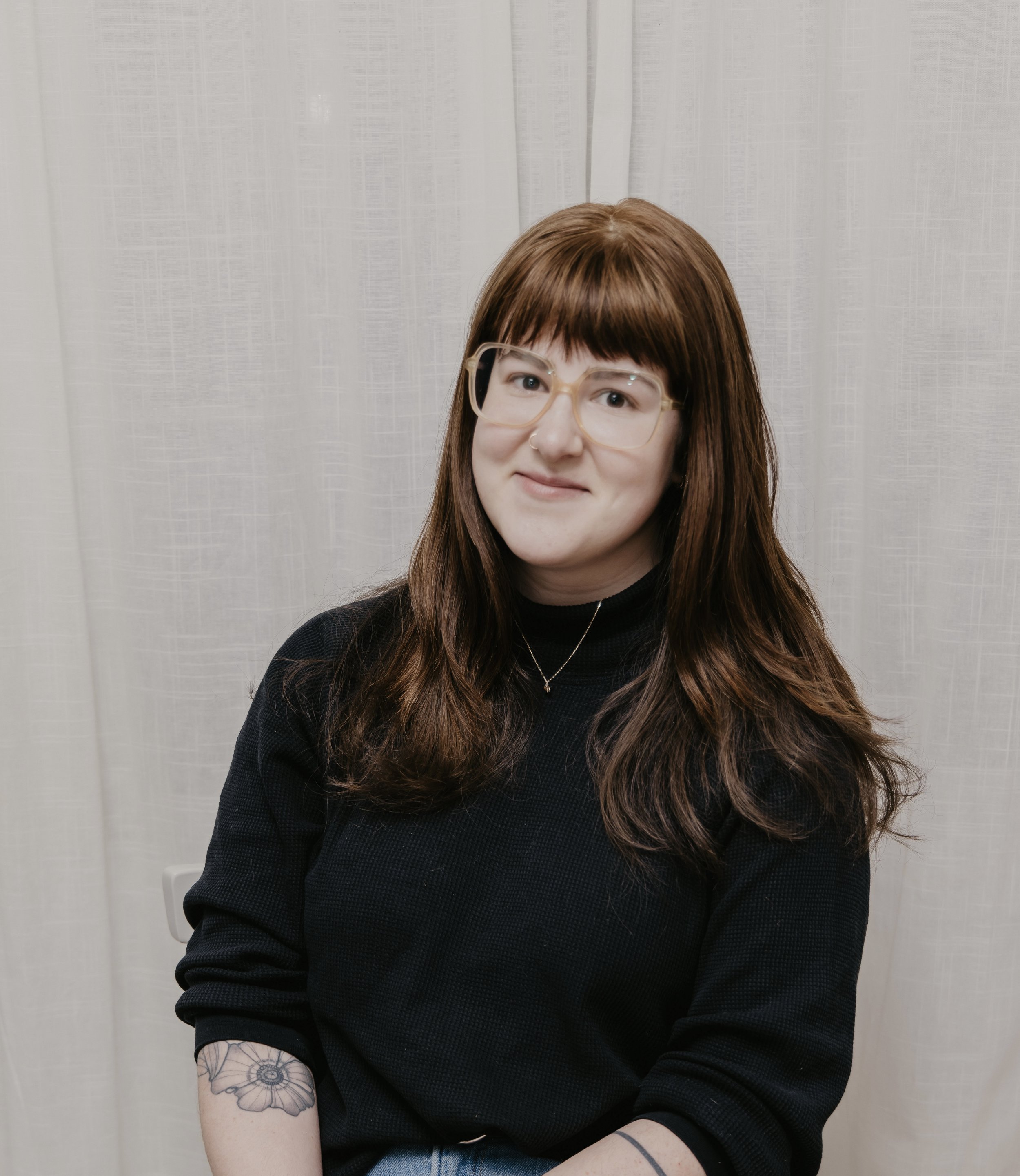You Want Me to Color? The “New” Art Therapy Online
By: Sarah Bolte, LMHC
By this point in the post-mid-maybe-not-quite-done pandemic world, those of us who have been practicing or engaging in teletherapy probably feel like old pros. We know the ins and outs of the technology, how to make sure our cat doesn’t unplug the router in her efforts to entertain herself with the cords, and no longer feel awkward when we forget to unmute ourselves (which somehow still happens). It’s a new but ever adapting world out there for both therapists and clients.
What I didn’t learn as a therapist, specifically an art therapist, is how challenging it is to do art therapy with telehealth. I say this as gently as possible since I love facilitating art making and art therapy, but truly there is something a little awkward about making art at a distance, through a camera, where half the time I can’t even see what you’re doing over there on that piece of paper you grabbed from your printer with some pencils you borrowed from your roommate. But we persist.
For the first two years of telehealth, neither myself nor my clients wanted to engage in the art piece of my training. I can’t say I blame them - art therapy is new enough for most people that even doing it in person has its challenges. For me, the hesitation was that I truly didn’t know how to translate the work I had been doing for years into a virtual format. I have enough art therapy prompts to write a book or two, (in part thanks to the many wonderful art therapists I have worked with in the past) but none of those are meant to be done over a camera. Much of the art making process I have done myself or with others as therapeutic work has been designed to be done in a supported, controlled environment with specific materials often of my choosing or direction. That’s the kind of art therapy I was taught and engaged in with clients for years.
Virtual art therapy doesn’t lend itself to the same kind of supported, controlled environment. Yes, the teletherapy space is inherently a supportive and safe space, however, without the physical guidance of the art therapist, it can be difficult to understand exactly what you as a client should be doing or how me as the art therapist should be engaging with you so you can feel successful and safe to explore within the art. Often it’s met with the “I can’t draw” or the feelings of disconnection to the paper in front of you. Both are okay feelings and not wrong in the process of creating art.
Recently, I have started to re-engage with the idea of art therapy done virtually. It is awkward. That’s okay. The process and outcome has felt positive on both sides and brings along with it feelings of groundedness and feeling better connected in the therapeutic relationship. There is more free-flowing conversation during the art process compared to much in-person art therapy which is often done in silence. But when we’re already isolated at home and at a distance, the conversation feels like a new therapeutic benefit. The art is still created and processed and the feelings of groundedness and support are experienced through both the art and the conversation. It feels very human in a world of computers and video.
I feel hopeful about re-exploring this portion of the therapeutic work and reminding myself of the power that art holds in our ability to connect with ourselves, others, and intensive emotions and feelings. It’s going to be weird - let’s lean into it and make some art.
Looking for an art therapist? Make sure to look for the credentials of ATR (registered art therapist) or ATR-BC (board-certified registered art therapist). Check out this resource: https://atcb.org/find-a-credentialed-art-therapist/
What even is art therapy?
https://www.psychologytoday.com/us/therapy-types/art-therapy
https://www.psychiatry.org/News-room/APA-Blogs/Healing-Through-Art
About:
Sarah Bolte, LMHC(she/her) is a psychotherapist at And Still We Rise, LLC, Licensed Mental Health Counselor and Registered Art Therapist. Learn more about Sarah here.

